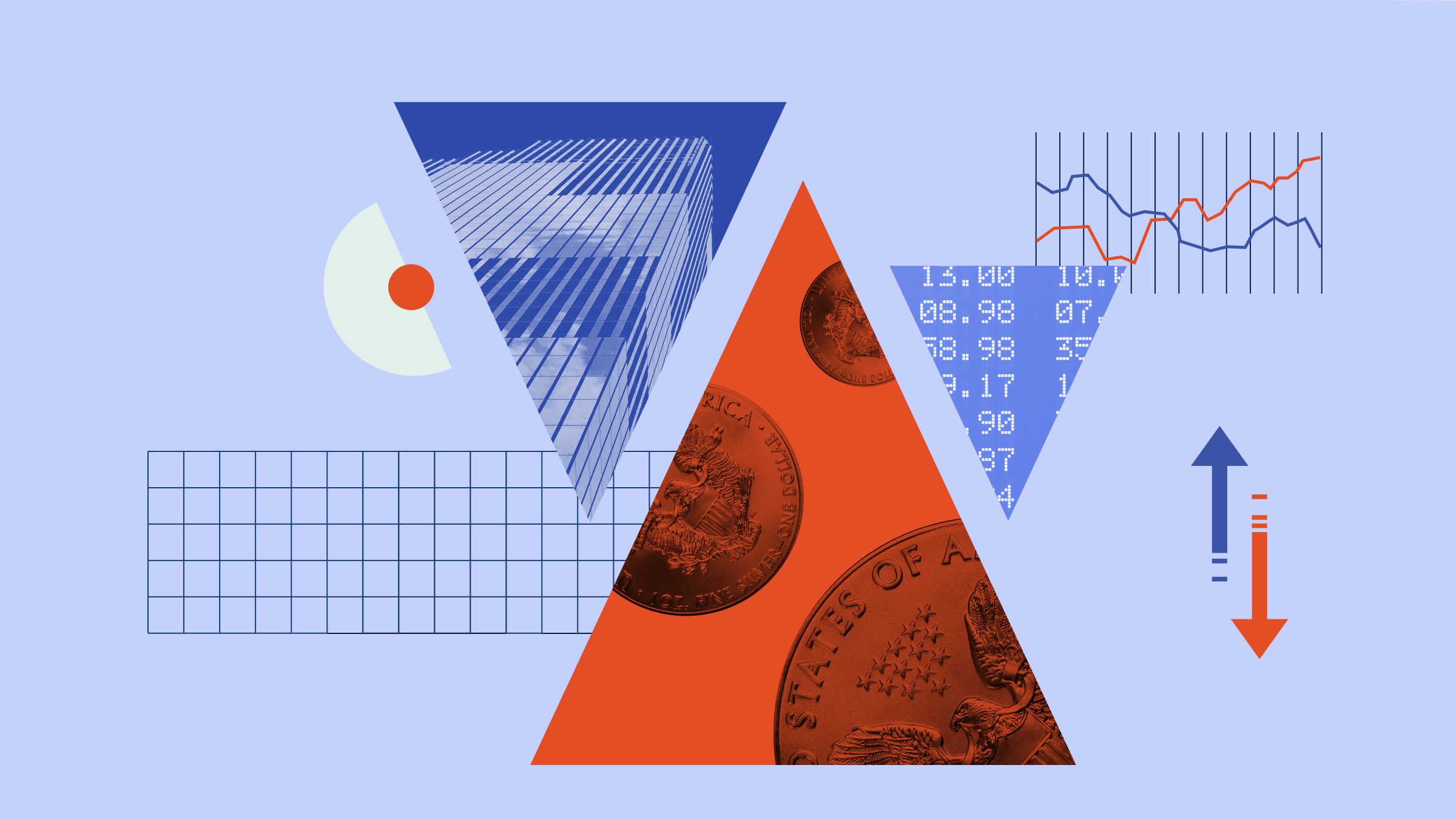This article is part of Morningstar's Guide to Financial Education
Emma Wall: Hello, and welcome to Morningstar series 'Ask the Expert.' I'm Emma Wall and here with me today is Morningstar analyst, Jackie Beard.
Hello Jackie.
Jackie Beard: Hi, Emma.
Wall: For beginner investors, the 3,000 plus open and closed-ended funds that are available to them are a little daunting. So one of the things they can do is to go to someone like Morningstar, which has a rating system and use that as a guide to what they may consider for their portfolio. I thought you could maybe talk us through how you give those funds those ratings so that people can understand what they are looking at.
Beard: So just to explain the qualitative ratings, which we called the analyst ratings, they are levels of conviction in a fund's ability to outperform over the long term. So we're not suggesting that a Silver-Rated fund should be bought today. We're saying if that's the type of fund you are looking for, we think it's one of the best, for example.
And the different layers of ratings are very much an expression of our conviction. So, any rates – any sort of any Bronze, Silver, Gold is positive, but it's the level of conviction that we have that determines where that rating sits.
Wall: And there is a five P process that you follow in order to award that rating isn't there? What are these five Ps?
Beard: Just to be clear, this is across all types of funds. It's not just open end or closed-end or ETF, it's for everything. So, the five key things that we look out first of all is people. And people are very important. They are the decision makers. So we're looking for consistency of tenure, relevance of experience, the resources they have that they control, how they use those resources. And I always like to say, it's not a numbers game. You could have a team of 80 analysts, but if manager is not using them, then actually that number becomes meaningless.
Then the second P is parent, because we believe very much that the parent entity has a big influence on how funds are run and how managers behave. If they are not supported in their environment, it can lead to detrimental performance of the fund. So, we're looking for funds that really act as stewards of capital and are clear with their investors, open communicators, very transparent, lots of factors, but that gives you bit of a flavour.
So then the third P is the process, and here we're trying to understand exactly what it is a manager or team is doing to generate that performance.
When we look at the performance, P number four, it's about does the performance match that process. So, again we're not trying to say it's good, bad or indifferent. We think does it match our understanding of that process. Is it behaving in the right way given what's going on in the market? So if you had a manager who is very sector-specific, for example, then he will or she will not perform if that sector is out of favour. And if they were, then maybe, you’d be asking questions about why and what it is they are doing. So, it's very much about consistency and understanding.
And then P number five is price or fees, because fees are a huge, huge importance and very good predictor of long-term abilities. The more you charge someone, the less there is available for the investor at the end of the day.
Wall: I think the important thing about these five Ps is that they are forward looking. We've heard from the regulator that past performance is not an indicator of future returns, but taken together as you say looking to see whether the performance matches the process, whether the prices is reasonable, whether the parent and the person are working to do their best for the end investor. Together that can give an indicator of what to expect in the future.
Beard: Absolutely, and you can't ignore past performance and I would encourage people to look at our star ratings for that, because that's quantitative risk-adjusted returns how have they done over the long-term. It tells you part of a story. Equally we would always say, you look at the two together, you need to look at star ratings and the qualitative ratings, because only then you get the sort of the true holistic picture of exactly what a fund is doing and what we think the capabilities are.
Wall: Jackie, thank you very much.
Beard: Thanks.
Wall: This is Emma Wall for Morningstar. Thank you for watching.





























